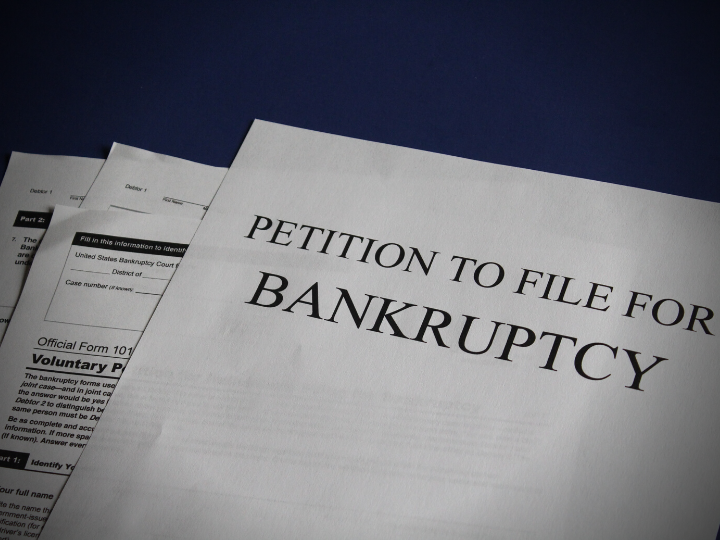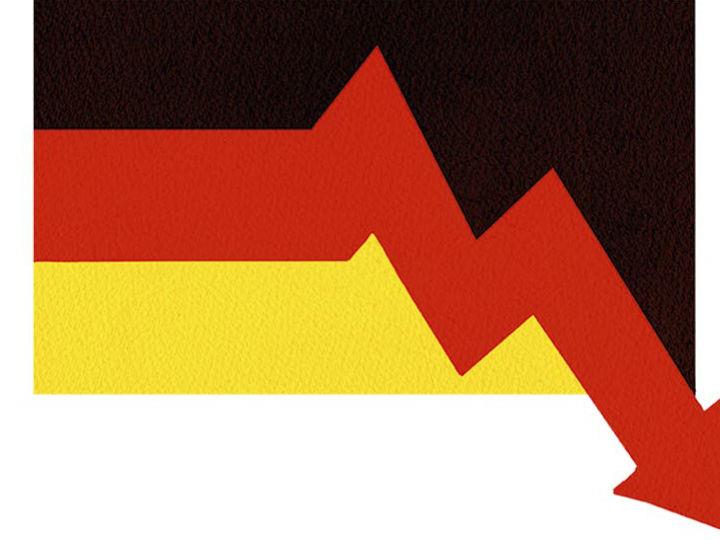by Martin Banks
New data shows that the number of bankruptcy declarations among businesses in the EU increased substantially in the fourth quarter of 2022. They were up by a huge 26.8% compared with the previous quarter and reached the highest levels since the start of the data collection in 2015. The number of bankruptcy declarations increased during all four quarters of 2022.
When it comes to registrations of new businesses, these decreased slightly by 0.2% in the fourth quarter of 2022 compared with the previous quarter. Looking specifically at bankruptcies by activity, all sectors registered increases in the number of bankruptcies in the fourth quarter of 2022 compared with the previous quarter. Transportation and storage (+72.2%), accommodation and food services (+39.4%), and education, health and social activities (+29.5%) were the activities with the highest increases in the number of bankruptcies in the fourth quarter of 2022 compared with the previous quarter. The information was published by Eurostat on Friday.
Reaction was swift with BusinessEurope’s Director General Markus J. Beyrer voicing concern. He said: “The rapidly increasing numbers of bankruptcies are alarming”. “The speed at which numbers of bankruptcies are increasing is alarming. It is the highest rate of bankruptcies in the EU since data on these started to be collected. The air to breathe is becoming increasingly tight, especially for small and medium-sized enterprises.”
He added, “Many bankruptcies have been artificially postponed due to government support measures in the wake of the Corona pandemic; these are now coming to an end. However, bankruptcies due to the triple shock of high energy costs, high material and production costs and rising labour costs are worrying. Instead of fighting the symptoms with imprecise measures in the short term, Europe needs a pragmatic plan to quickly improve the business framework conditions and create incentives for investment. A volatile environment remains to be expected in the coming years. Energy costs, for example, will not return to the pre-pandemic levels anytime soon. To strengthen the innovative power of companies and promote competitiveness, the EU must pull three levers at the same time: reduce the regulatory burden by simplifying regulations and bureaucracy, speed up permitting and access to finance for all industry sectors, and reduce energy costs.”




 By: N. Peter Kramer
By: N. Peter Kramer

